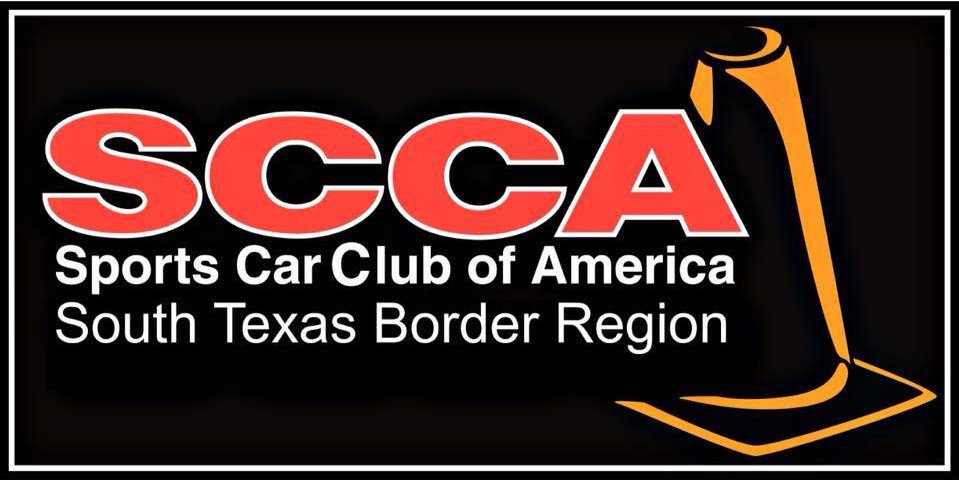
Important Safety Information
On an autocross course, your car encounters more stress and higher loads than in normal, daily driving. It is very important to ensure your car is ready for the track. If you need to jack up your car, always support the car's weight with jack stands.
Do not rely on car jacks. When inspecting parts of the car, consider the age of the vehicle, mileage, driving style (aggressive daily driving, number of track events, etc.) and the time since the part was last repaired/replaced. The following items should be checked in addition to the Tech Inspection items under the "Solo Rules" page.
DRIVE TRAIN
Inspect the U-joints, condition of the drive shaft and the differential housing. The weakest link in the drive train usually breaks first. Most often it is the U-joints. Make sure there is no excessive "play" in the drive train. check the level of the differential fluid and look for signs of any leaks. For FWD cars, check the half shafts and the CV boots. Cracked or leaking CV boots should be replaced.
STEERING
Look over the power steering pump, fluid level, tie rods, ball joints and the rack and pinion. Lube the zerk fittings, if equipped. There should be no excessive "play" in the steering system. Test drive the car to determine if it pulls left or right, at constant speeds and during braking.
SUSPENSION
Look for cracked or missing bushings. Inspect the condition of the shocks/struts, coil-overs, springs, control arms and sway bars. Push down on the fenders, bouncing the suspension. It should bounce once, after you stop pushing, and come to a stop.
WHEELS, TIRES AND BRAKES
Examine the wheel bearings, if possible. Look for dents and cracks in the wheels. Tires should have measurable tread, no cords showing and no cracks or "bubbles" along the sidewall. Inflate the tires to the proper racing pressure. See if the brake lines are leaking, worn or cracked. Rotors and pads should have their minimum material thickness. Calipers should be securely mounted. Inspect the master cylinder and fluid level.
UNDER THE HOOD
Inspect the hoses for leaks or expansion near the connection points. Wiring insulation should not be frayed or missing. The serpentine/V-belts should not be cracked or frayed. Look at the gaskets and other areas for leaks. Also, look around and under the car for anything that is loose or hanging down, such as body panels, lower fascias and other items.
HELMETS
Please visit the Snell Foundation for helmet selection.
